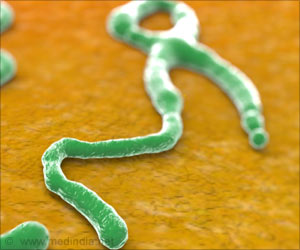Six children from Isiolo District in Northern Kenya have died at Wajir district hospital in the past month from Kala azar.
Six children from Isiolo District in Northern Kenya have died at Wajir district hospital in the past month from Kala azar, a tropical infection caused by protozoa of the genus Leishmania, which are spread by sand flies.
It spreads to people through the bite of the sand fly carrying the parasite, Leishmania donovani. The parasite then multiplies in the victim’s body, invading the immune system. However, not all infected people develop the disease. A person is more likely to fall ill if his or her immune system has been weakened by malnutrition or another disease such as HIV/AIDS.Around 39 out of the 52 children admitted at Wajir district hospital have tested positive for the disease. All the cases are from the neighboring and remote district of Isiolo.
The disease also known as visceral Leishmaniasis is the most severe form of the disease, which if untreated, has a mortality rate of almost 100%. It is characterized by irregular bouts of fever, substantial weight loss, swelling of the spleen and liver, and anemia. About 90% of all visceral Leishmaniasis cases occur in Bangladesh, Brazil, India, Sudan and Somalia.
Ahmeddin Omar, Regional medical officer in Wajir told the Agence France Presse that the government had sent emergency drugs to the hospital in Wajir, but added that the amount of drugs available were insufficient to treat the increasing number of admissions with the disease. "If we get 10 more admissions, the drugs will not be enough," he said. He also warned that many more could die since patients could not reach health facilities because of the remoteness of the region affected by the disease.
Spraying of insecticides has been started by health officials in a bid to curb the disease.






